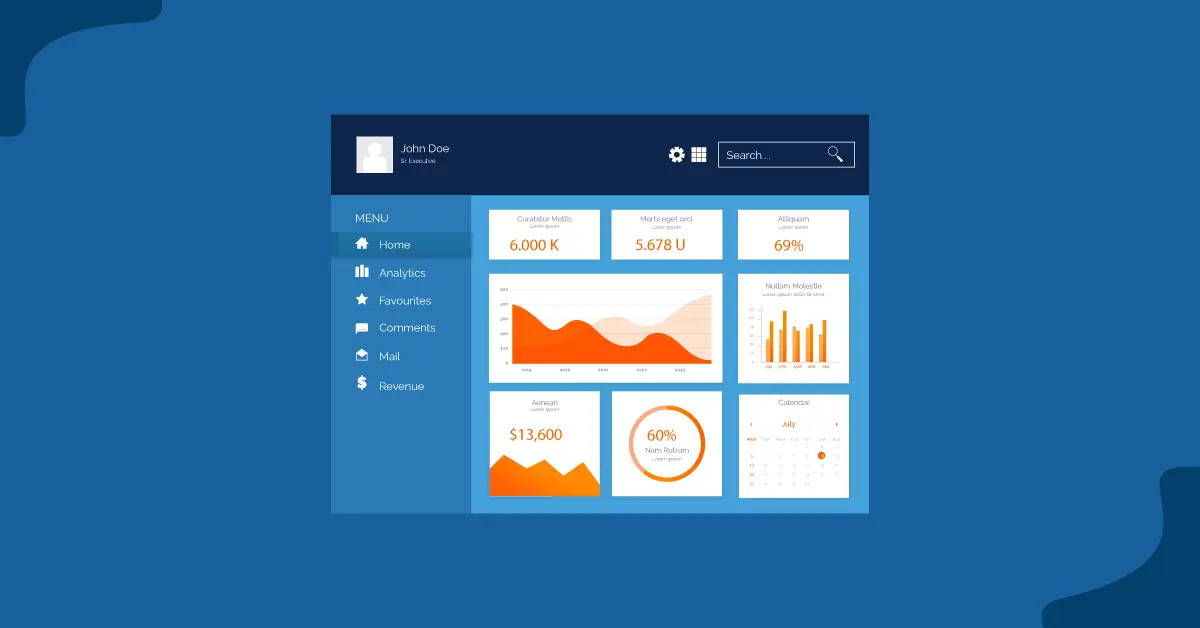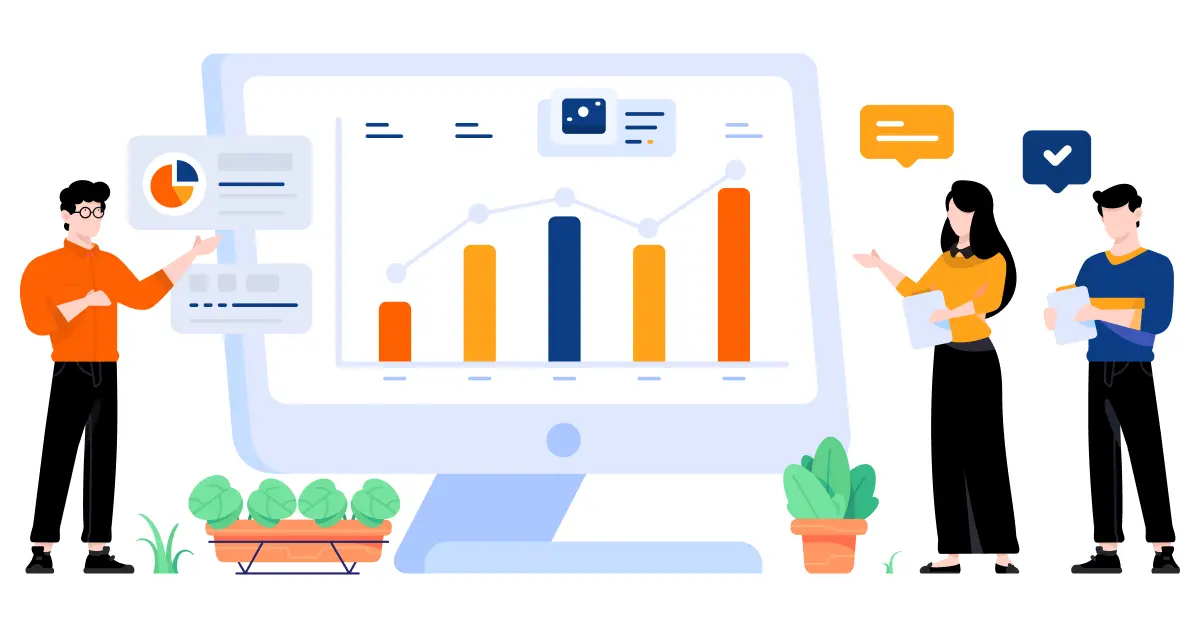
There is a revolution in the corporate world, where productivity and innovation come together smoothly. It’s not about great products or flashy marketing campaigns; it’s about something more essential – the workforce and Leapmax are testaments to this.
Workforce Analytics Software is a great tool that will redefine how businesses work, manage, and optimize their most valuable asset – their people. It helps organizations optimize their resources to maximize their use, thereby increasing operational efficiency.
Table of contents
The Introduction to Workforce Analytics Software
Just think of a scenario where every decision regarding your workforce – from hiring people to performance management of employees is not just a gamble but a calculated step going forward.
This is the promise of workforce analytics software. At its base, it’s an advanced data analysis tool that not only keeps track of employee activities but also filters through a good amount of employee data to reveal insights that were once hidden.
Understanding the Need for a Workforce Analytics Software
1. Understanding User Behavior
Understanding user behavior isn’t just kept for online interactions in a digital era. It extends to every aspect of business, including employee behavior. Workforce analytics software provides a great view of how employees interact with technology, workflows, and one another.
Offering valuable insights into productivity obstacles, training needs, and potential burnout risks is why user behavior analytics is the need of the hour.
2. Getting a View of Performance Metrics
Previously, businesses had to rely on other people’s gut feelings to understand employee performance. Still, with workforce analytics software, you can drill down deep into employee performance metrics, track KPIs (Key Performance Indicators), and figure out top performers.
Organizations that use workforce analytics are 2.6 times more likely to achieve top performance in employee productivity and business outcomes compared to those that do not leverage such analytics.
3. Managing Performance of the Workforce
Traditional employee performance evaluations can be negatively impacted by bias and lack of uniformity. Workforce analytics software transforms this procedure into a data-centric approach to assessing performance using metrics and immediate feedback.
This fosters a culture of responsibility and ongoing enhancement. Workforce management is made easy with accurate and authentic data on employees, their work, and their capabilities.
4. Managing Remote Workforce
This new era of remote work has given a lot of flexibility and freedom, but it also has its own challenges. Workforce analytics software closes the gap between physical distance and managerial supervision. It offers tools for monitoring remote employees, tracking productivity, and seamless collaboration.
A recent survey from Deloitte states that 87% of organizations reported that workforce analytics is essential for managing remote employees effectively.
The Benefits of Workforce Analytics
1. Enhanced Productivity
By using the power of data, workforce analytics software identifies shortages and empowers employees to work smarter, not harder. It works in favor of employee capabilities, thereby reducing the chances of employee burnout.
With insight data from user behavior analytics and employee performance metrics, businesses can optimize workflows, eliminate obstacles, and unlock new productivity levels. This will enhance individual productivity and help increase operational efficiency.
2. Improved Decision-Making
Every decision counts in the fast-paced world. Workforce analytics software helps decision-makers with accurate and easy-to-comprehend analytical insights for employees. This enables them to make better choices that drive business growth and encourage a culture of agility and innovation.
3. Cost Savings
The old saying ‘time is money’ applies especially well to workforce management. Redistributing resources, pinpointing the spots in trouble, and lowering turnover rates with precise interventions allow a business to reduce expenses and boost ROI.
A well-planned staff management system can easily reduce non-productive activities and better utilize resources. It increases employee efficiency, thereby increasing overall organizational performance.
4. High Chances of Employee Retention
Employee turnover is costly and time-consuming. Workforce analytics provides information about factors that cause employees to disengage and turnover, which could be addressed through targeted solutions.
This enhances morale, boosts retention and loyalty, and improves employee commitment. Businesses that use workforce analytics report being 32 percent more successful than those that do not in improving retention rates.
5. Enhanced Operational Efficiency
From start to end, every stage of the employee lifecycle can benefit from the insights provided by workforce analytics software. Businesses can improve operational efficiency and drive sustainable growth in the long run by automating repetitive tasks, simplifying processes, and identifying opportunities for optimization.
Workforce analytics can improve operational efficiency by up to 20% through optimized workforce planning, resource allocation, and scheduling based on data-driven insights into employee productivity and performance patterns.
Conclusion: Embracing the Future of Work with the Leading Workforce Analytics Software
As we look to the future of work, it’s clear that innovation is key to success. Leapmax, workforce analytics software, is more than just a tool; it’s a catalyst for change.
By harnessing data effectively, Leapmax empowers workforces to achieve more, helps companies expand, and fosters an environment where innovation thrives. Our software allows you to navigate uncertainty and pave the way for a brighter future. Let Leapmax guide you to new heights and shape a better tomorrow.







